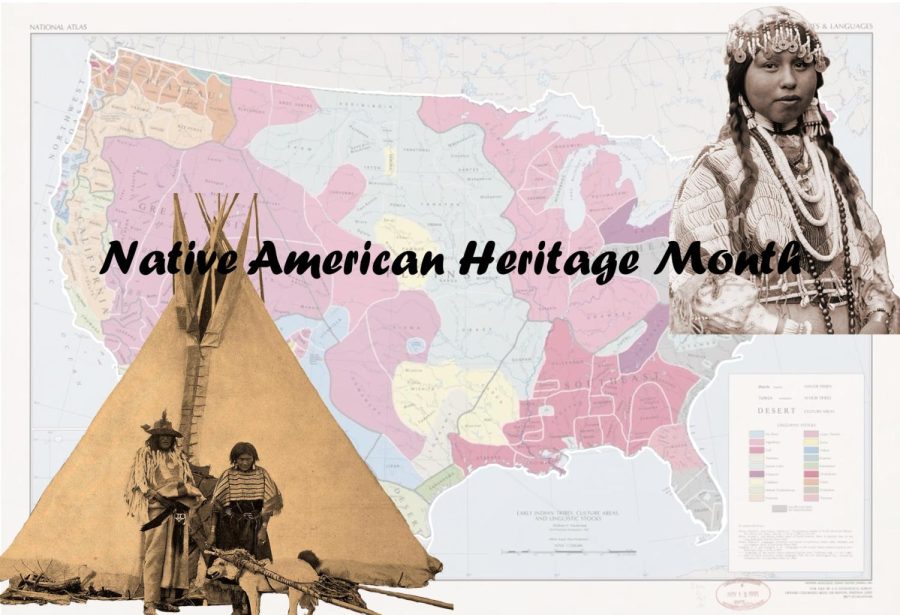November Marks Native American Heritage Month
Native American Heritage Month
On November 14, 1990, Congress and George W. Bush signed a joint resolution, designating the month of November as Native American Heritage Month, formerly known as Native American Indian Heritage Month. The bill was originally introduced by Hawaii senator Daniel Inoyue and Samoan congressional delegate Eni Faleomavaega, and was amended in 2008 to include Alaskan natives.
The month celebrates the beautiful cultures and traditions of the many tribes spanning across America, and honouring the sacrifices and loss of life in the defending of indigenous traditions, with the Friday following Thanksgiving marking Native American Heritage Day.
“I feel like almost every day, I learn something new about different indigenous cultures, or even about things that are familiar to me that actually originated from native tribes. There’s such a wide variety of traditions in indigenous cultures and I’m glad that people are starting to recognize native people as more than a monolith,” said senior Soumili Mukherjee.
There are a total of nearly 600 federally recognised Native American tribes, and many more that remain unrecognised, such as the Chappaquiddick Wampanoag, a tribe of first contact with the infamous pilgrims. Many tribes remain forgotten by the government, but not by their people.
Under the guidance of the federal government, there has been a long-standing history of prohibiting native practice of traditions, religions, languages, and cultures. Large-scale schools, known as residential schools, organised by the government and administered by the church, were opened with the goal of “kill the Indian, save the man” in mind. In those schools, the speaking of native languages was banned and students were forcibly shaved to strip them of their native identity.
“In US [history classes] we talk about the Westward expansion and the wars between the natives and the US military, and that also ties into the Mexican-American war, and how California became a state, and really that was through imperialism… putting that in the context of perspective… we [at Campolindo] probably don’t do a great job teaching that [part of U.S.] history,” said US History teacher Tom Renno.
It wasn’t until 1978 with the passing of the Indian Religious Freedom Act that indigenous peoples could even practice their religions. Residential Schools existed well into the 1990s. Historians estimate that the history of Native-European contact took the lives of approximately 100 million people.
The month serves as a chance for the unique customs, heritage, and contributions of native Americans to be highlighted, empowering native organisations, communities, and individuals. Additionally, it serves as a chance of awareness, bringing media attention to both historical and contemporary issues in the indigenous community.
Most of all, this month serves as a chance to celebrate the rich and diverse traditions, languages, religion, and people of native peoples.
This Native American Heritage month, students can celebrate by learning about the true history of the country that we reside in. It’s important, as foreigners to the land that we live on, to center indigenous peoples in our discussions of the future.
To find out more about the indigenous lands that we live on, check out this map: https://native-land.ca/
Your donation will support the student journalists of Campolindo High School's The Claw. Your contribution will allow us to produce more issues and cover our annual website hosting costs.

Senior V Rogers has had a passion for literature since they were young: “My bedtime stories were Baldwin and Angela Davis.” They have taken AP language...

